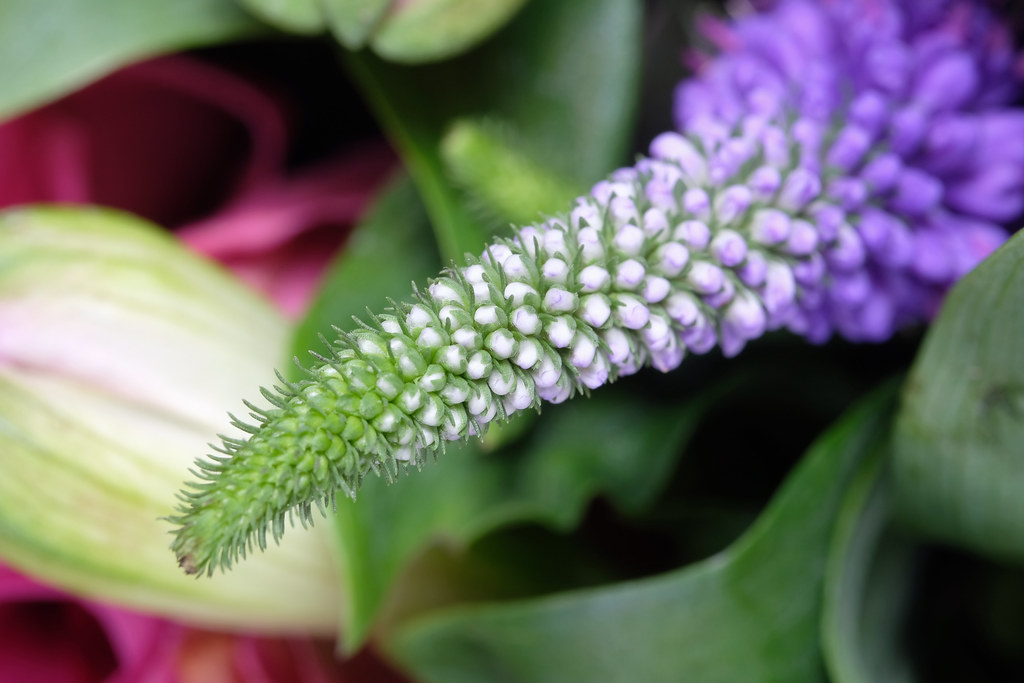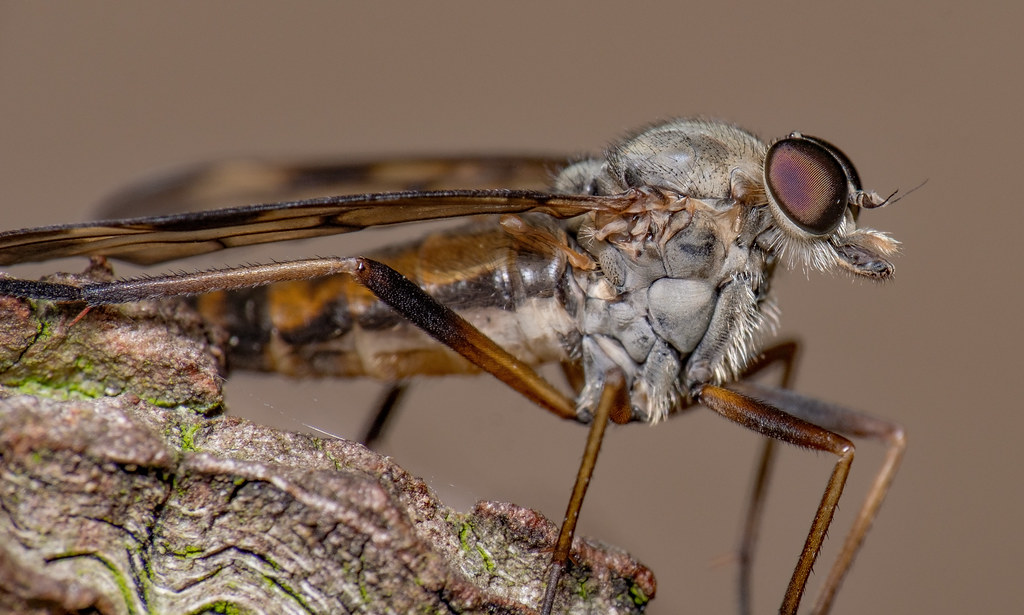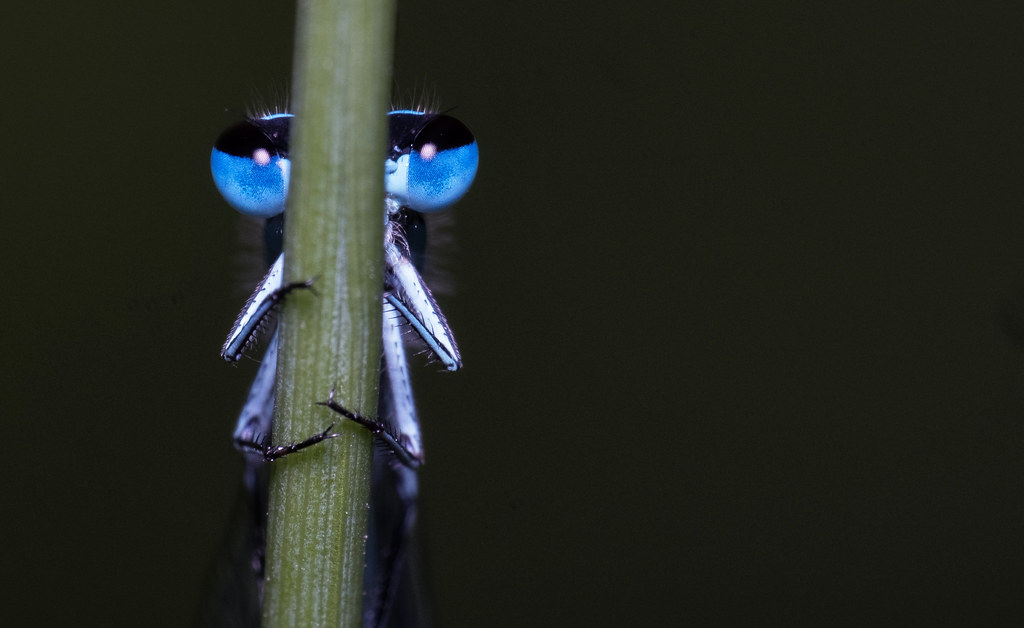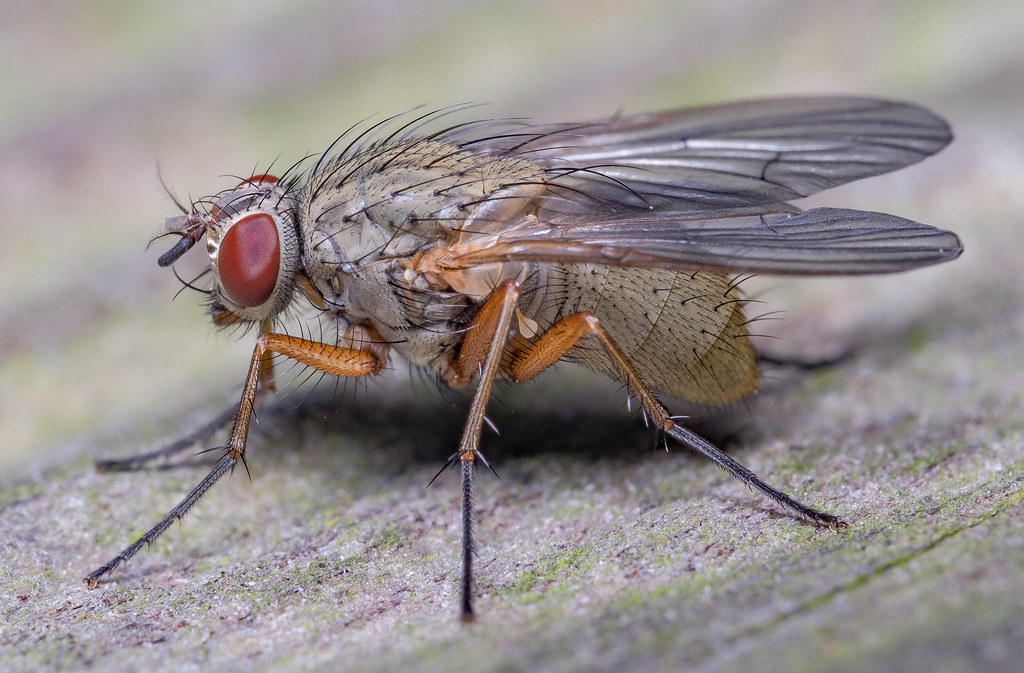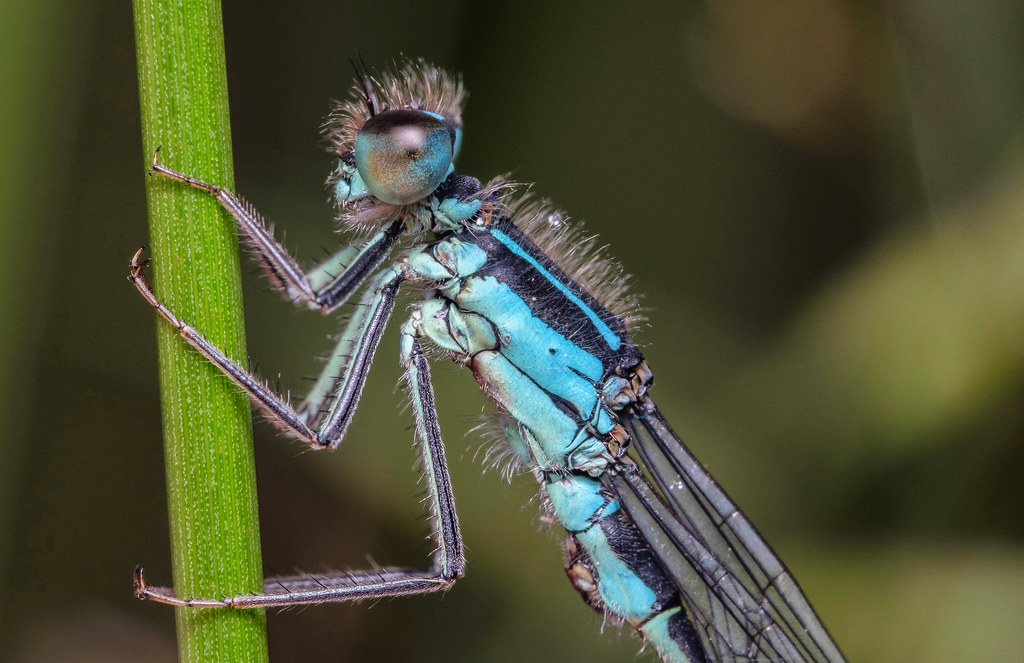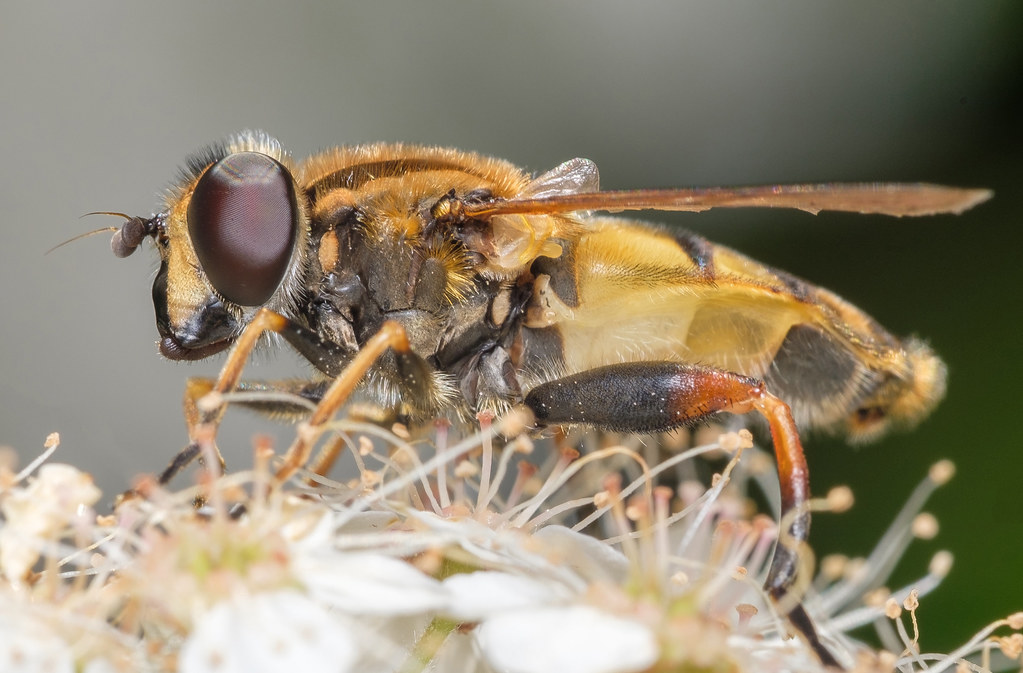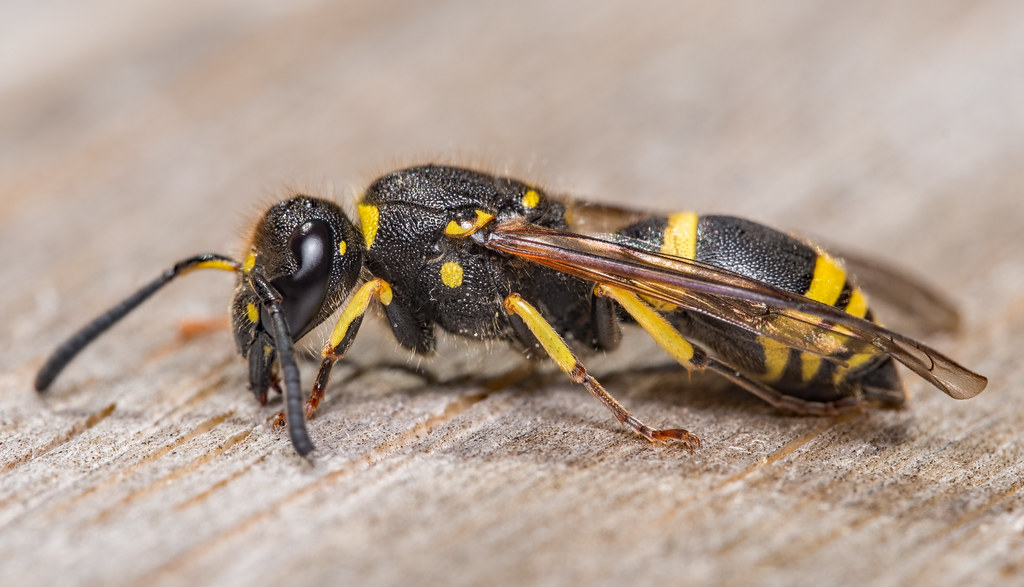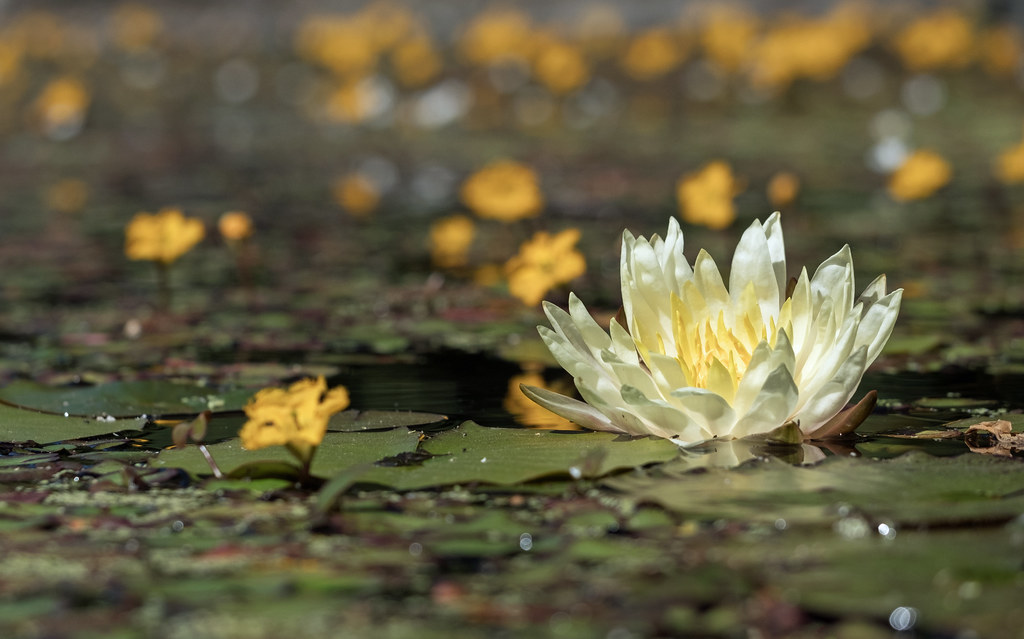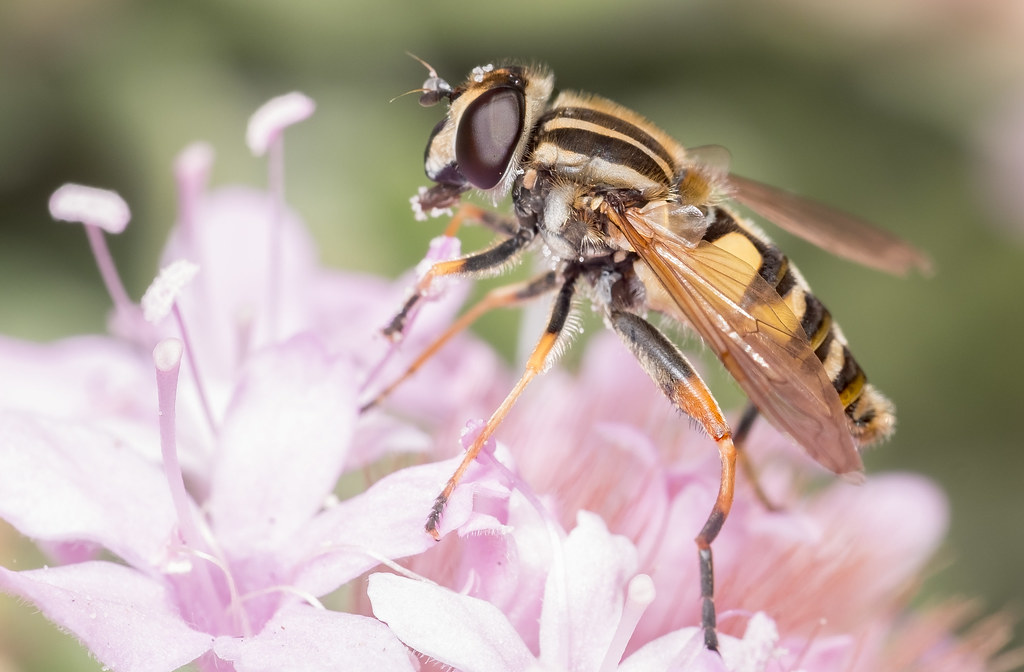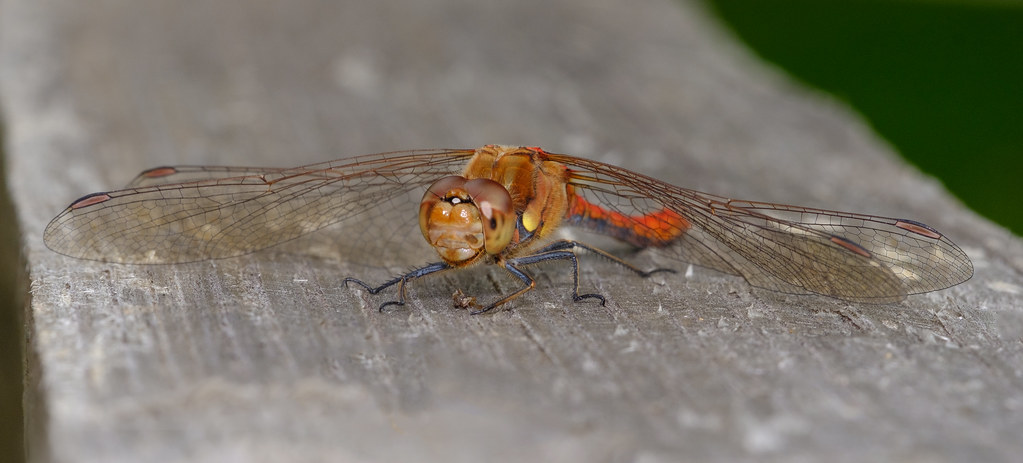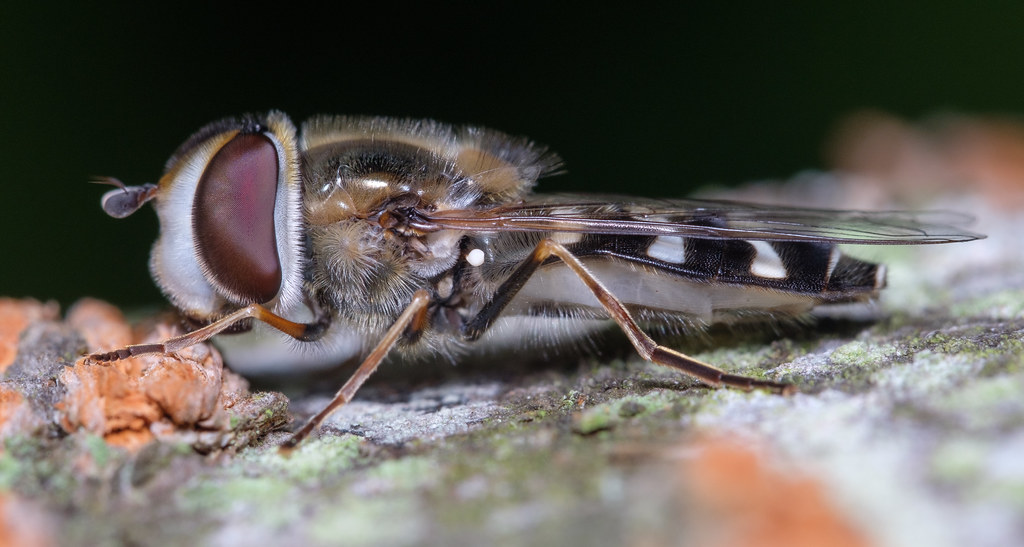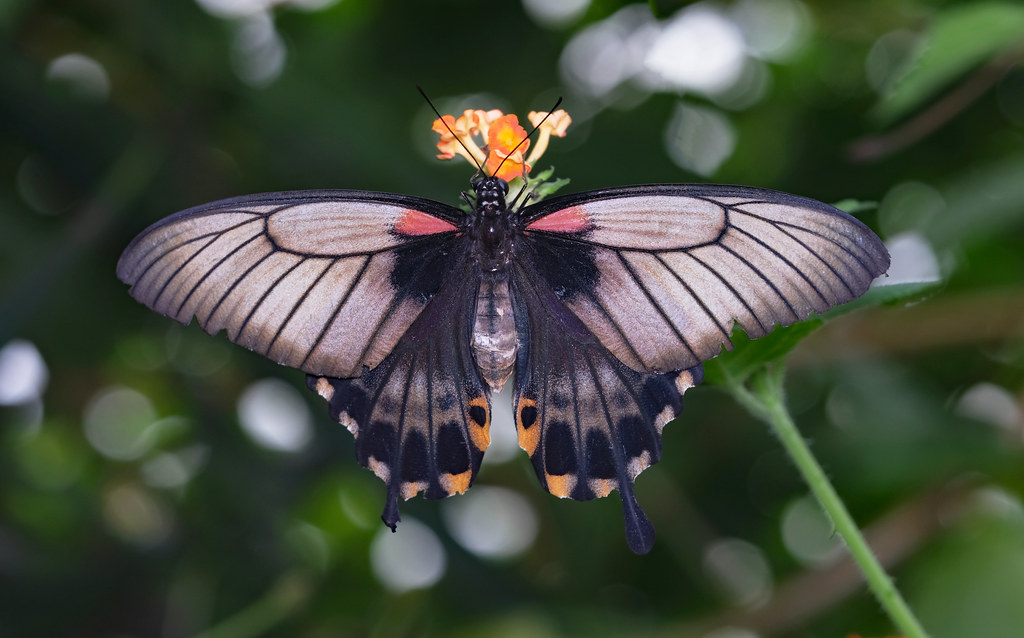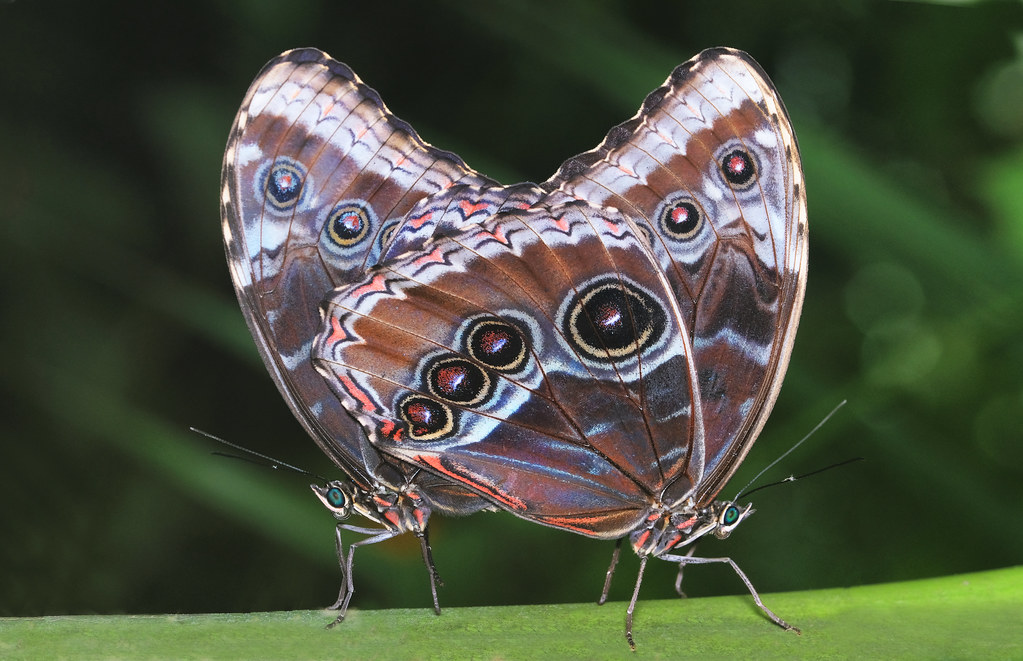Hi All.
Right - I went a bit mad and bought an 80mm macro. Wonderful lens - pin sharp, 1:1 macro, great example, but... I am really not seeing much difference to what I can get out of my old setup (ie 18-135 + Raynox)
See below - both shot at 1/180, f16, iso200 with diffused flash - even zooming in really close I can't see much difference... opinions welcome?
When shooting with small apertures It does not make a great deal of difference what lens arrangement you use - diffraction tends to even things out (at least as far as detail is concerned) by dragging all lens arrangements down to a similar level (because the effects of diffraction become the dominant factor with small apertures).
That was one of the major puzzles I came across as documented in various places in
my journey thread. and it is explained in some detail in
the Joseph James Equivalence article, summarised in this short passage: "As the DOF deepens, all systems asymptotically lose detail, and by f/32 on FF (f/22 on APS-C, f/16 on mFT -- 4/3), the differences in resolution between systems is trivial, regardless of the lens, sensor size, or pixel count."
So if two different lens arrangements (like your 80mm macro lens and your 18-135+Raynox) are used on the same camera for the same scene at the same small aperture I would not expect to see much difference.
As it happens, I can see a difference between your two versions: I think the 80mm macro version has greater depth of field.

NOT MY IMAGE - Mike Smith 80 vs 18-135+Raynox by
gardenersassistant, on Flickr
I suspect this is largely because the two versions were not captured using the same aperture. They did both use the same "nominal aperture" of f/16, but for the macro lens the effective (actual) aperture is given by the (approximate) formula
Effective aperture = Nominal aperture * ( 1 + magnification )
I don't know what the magnification was, but for example if the magnification had been 0.5X, the effective aperture would have been
f/ ( 16 * ( 1 + 0.5)) = f/24.
For the other version the effective aperture would have been f/16, because close-up lenses don't change the effective aperture.
Depth of field doubles for a two stop decrease in aperture. It increases by around 40% for a one stop decrease in aperture. This would be enough to be noticeable.
In summary, if you use small apertures I would not expect to see much difference between the two setups. However, if you use larger apertures I would expect the macro lens to show greater detail than the close-up lens, and possible other image quality benefits such as improved clarity. That is (one of the reasons) why I use a macro lens for botanical subjects, for which I don't often use very small apertures. On the other hand as you know I use a small sensor camera for medium sized invertebrates with flash, because I use minimum aperture and in terms of image quality it doesn't make any difference what optics I use, so I use the setup that I find handles best for that type of subject matter, and that is my small sensor bridge camera.




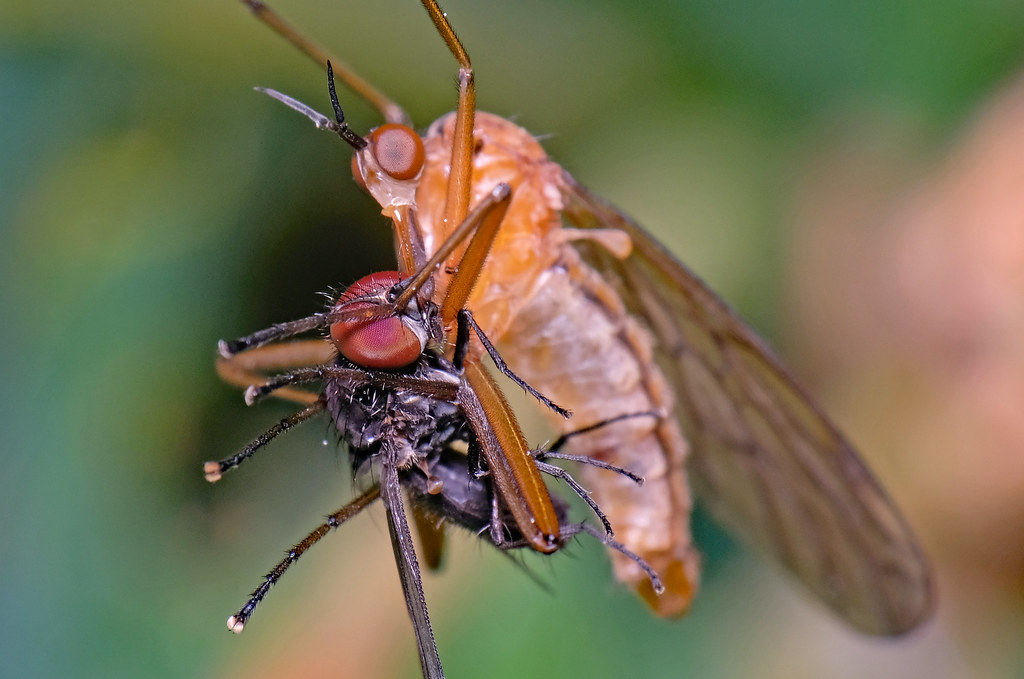
 . Bit more 'test and learn' needed there I think.
. Bit more 'test and learn' needed there I think.
